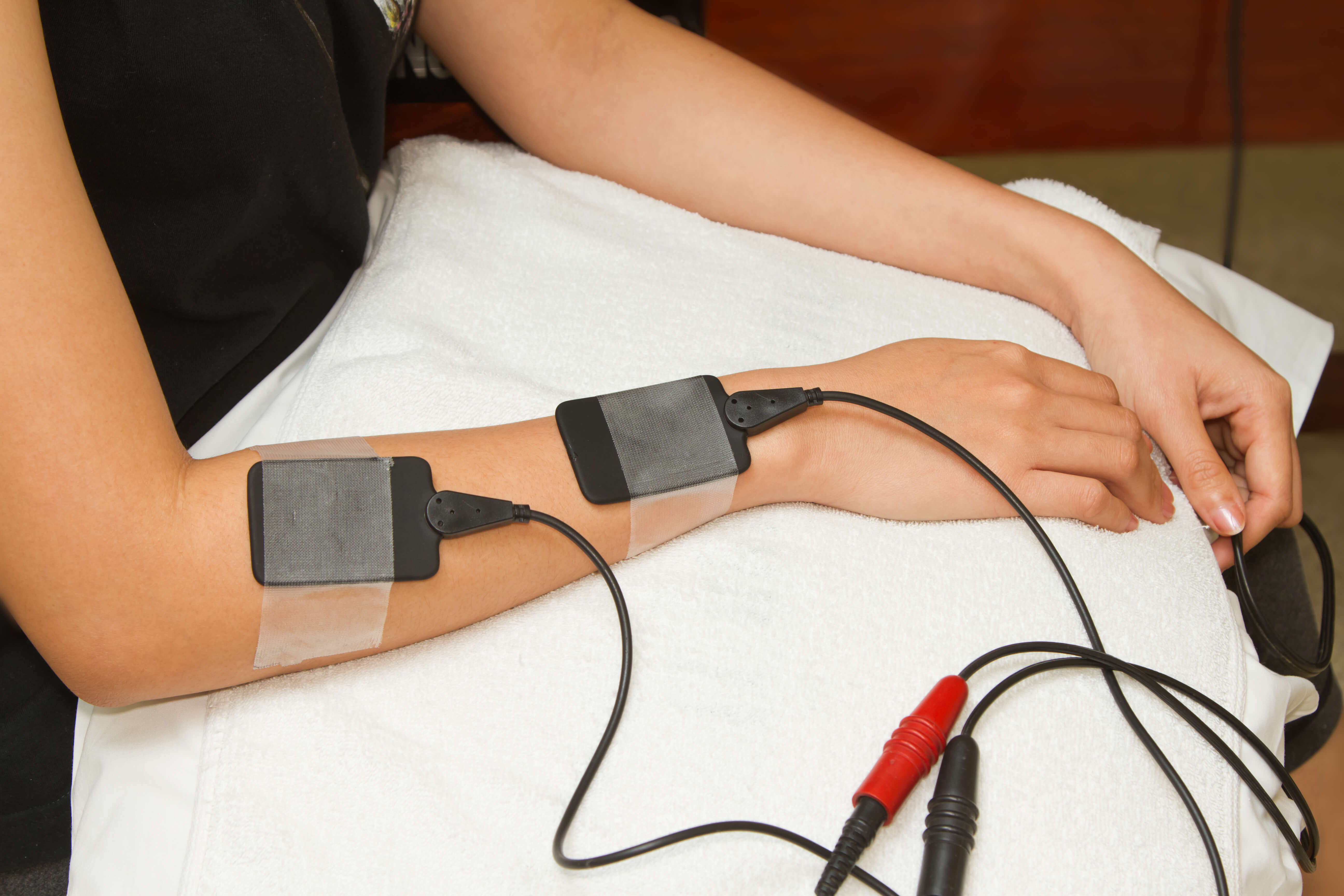Have you recently had surgery to repair a torn anterior cruciate ligament (ACL)? Well, you’re not alone. Medical researchers report that about 100,000 ACL surgeries are performed in the U.S. every year. You’re also more likely to need this surgery if you play certain high-risk sports. Some of these sports include basketball, soccer, football and skiing.
One facet of your rehabilitation plan after ACL surgery will be a list of therapeutic exercises. Such exercises can be very helpful, and one study reports that therapeutic exercises led to a 38% increase in post-surgery range of motion in eight weeks. Here are two exercises that are likely to be included in your initial list:
1. Heel slides
Right after surgery, your therapist won’t want you to move your knee too much, since this can slow down your healing. However, they’ll give you a list of isometric ACL rehabilitation exercises to start using. One exercise that might be included in this list is heel slides.
How to perform the heel slide exercise
- Lie on your back on a bed with your unaffected leg straight. Your affected leg should be slightly bent so that your foot is flat on the bed.
- Slowly pull the affected leg toward your buttocks. Make sure you stop immediately if this move starts to cause excessive pain.
- Hold this position for five to 10 seconds.
- Slowly return your knee to the starting position.
- Continue to repeat these steps until you’ve done 10 to 20 repetitions. For best results, you’ll want to try to do three to five sets of these exercises throughout the day.
2. Quad sets
The quadriceps muscles are important to the stability of your knee. Strengthening them is one of the goals of an ACL rehabilitation exercises list, and an isometric strengthening exercise your therapist might include on your rehab exercises list is quad sets.
How to perform the quad set exercise
- Start by lying down on a bed so that your face is toward the ceiling.
- Straighten both legs and point your toes toward the ceiling as well.
- Once in this position, contract the quadriceps muscles of your affected leg. This should cause the back of your knee to press into the bed.
- Hold this contraction for five to 10 seconds.
- Release the contraction and rest your leg for about five seconds.
- Repeat the exercise steps until you’ve completed them 10 to 20 times. Your goal should be to complete three to five sets of quad sets daily.
ACL rehabilitation exercise lists are just one service Continuum Wellness offers
At Continuum Wellness, our capable team of physical therapists can develop a personalized ACL rehabilitation exercises list for you. We can also ensure that your exercise list is updated as your recovery progresses. This will be just one part of the personalized therapy plan we build you after ACL surgery, and your plan may include other beneficial therapy options like:
- Joint mobilization
- Instrument assisted soft tissue mobilization (IASTM)
- Cupping
- Electrical stimulation
- Total motion release
Contact our team today for more ACL rehab information or to schedule an initial appointment.



